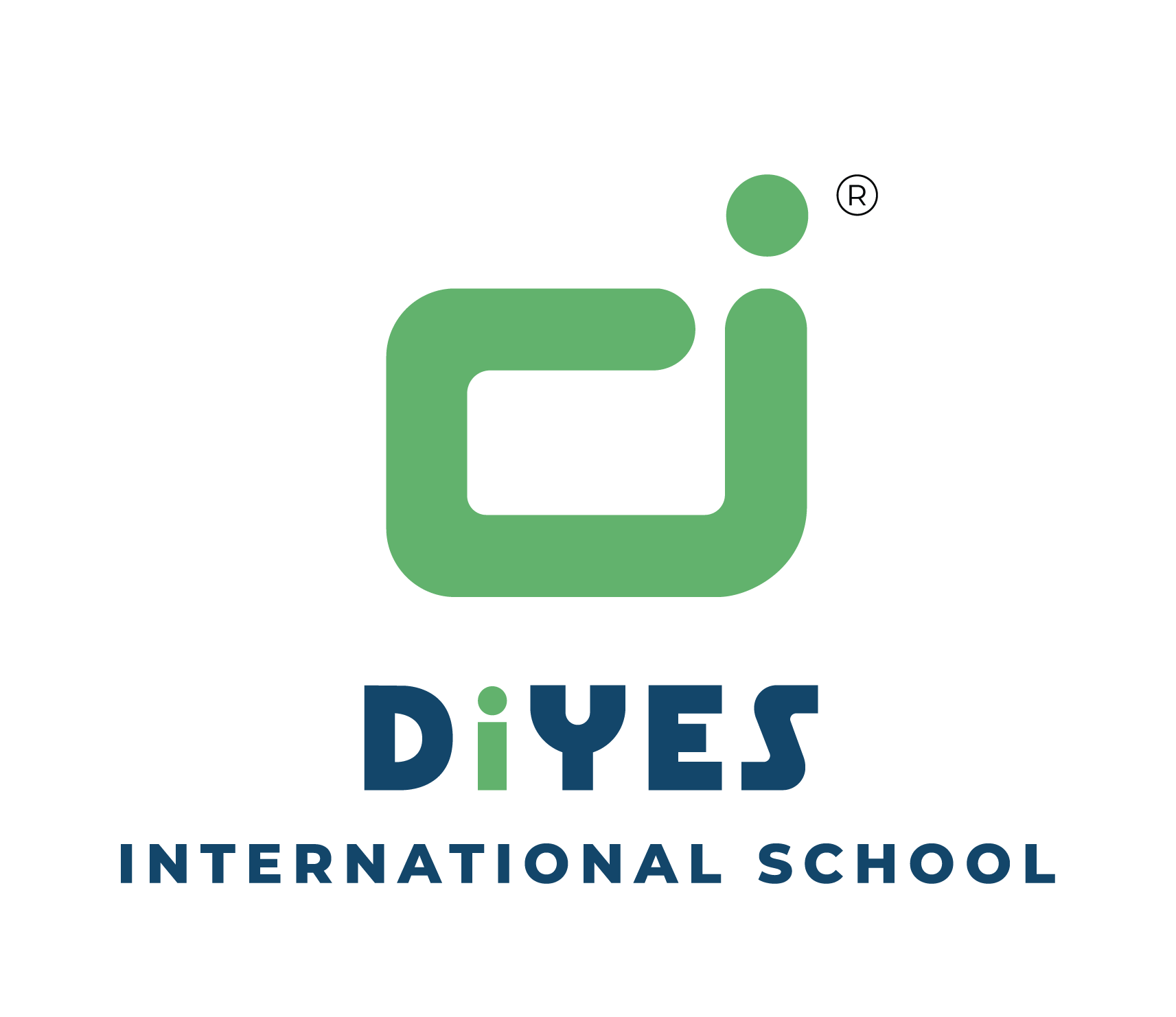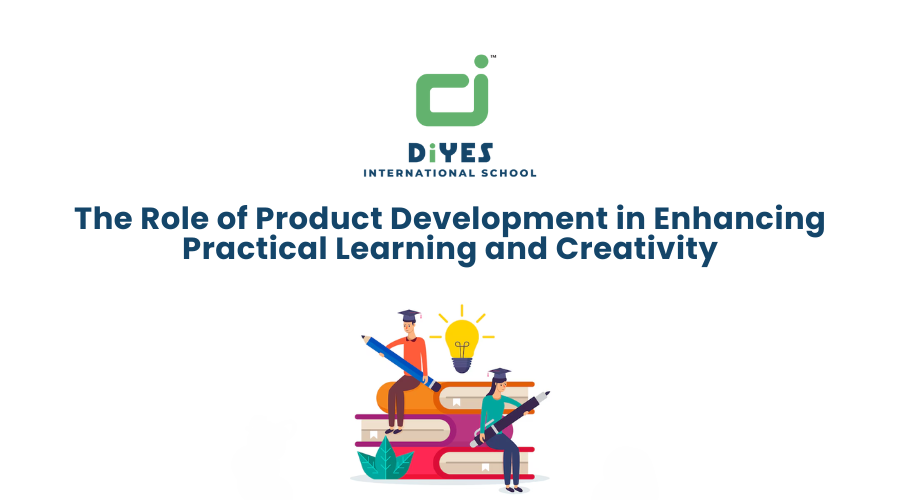In today’s fast-paced world, education is evolving rapidly, and one of the most significant shifts is the focus on practical learning and creativity. Traditional learning methods are no longer sufficient to equip students with the skills they need to succeed in the future. Product Development, as an educational approach, bridges this gap by allowing students to engage in hands-on projects that stimulate creativity, critical thinking, and real-world problem-solving skills. This blog explores how integrating product development into the curriculum enhances both practical learning and creativity among students.

Experiential Learning in education is a dynamic way of teaching that encourages students to apply theoretical knowledge to create real-world solutions. Through this process, students learn how to think critically, work collaboratively, and innovate. This blog discusses how product development nurtures practical learning, nurtures creativity, and promotes interdisciplinary skills while preparing students for future career challenges. By enhancing practical learning through product development and design thinking, educators can provide students with a more engaging and effective learning experience.
Encouraging Practical Learning
Product development provides a hands-on approach that immerses students in real-world scenarios, making learning more relevant and engaging. When students create tangible products, they see the direct application of their academic knowledge, which deepens their understanding and retention.
- Application of Theoretical Knowledge: Product development requires students to apply the concepts they learn in the classroom to design and create real-world solutions. This practical application reinforces their understanding of subjects like science, technology, engineering, and mathematics (STEM).
- Problem-Solving Skills: In product development, students are often faced with challenges that require innovative solutions. These problem-solving opportunities allow them to think outside the box and develop critical thinking skills, which are essential for success in both academics and future careers.
- Hands-On Experience: Product development gives students hands-on experience with tools, materials, and technologies that they may encounter in real-world professions. This experience not only enhances their learning but also builds their confidence in tackling complex tasks.
- Collaboration and Teamwork: Many product development projects require students to work in teams, nurturing collaboration and communication. By working together, students learn how to share ideas, delegate tasks, and achieve common goals, which are critical skills in any professional setting.
- Understanding the Process of Innovation: Through product development, students gain insight into the process of innovation, from ideation to prototyping and testing. This understanding of how products are created, improved, and brought to market is invaluable for students aspiring to work in industries like technology, engineering, and design.
Product development enhances practical learning by giving students the opportunity to apply their knowledge in meaningful ways. This hands-on approach not only strengthens their academic foundation but also prepares them for real-world challenges, nurturing a deeper understanding of the subjects they study.
Nurturing Creativity
Creativity is at the heart of innovation, and product development is an excellent way to nurture this essential skill in students. When students are tasked with creating something from scratch, they are encouraged to think creatively and explore new ideas.
- Design Thinking: Product development introduces students to design thinking, a creative problem-solving approach that encourages them to empathize with users, define problems, brainstorm solutions, and prototype ideas. This process nurtures a creative mindset that is crucial for innovation.
- Exploration of Ideas: In product development, students are given the freedom to explore their ideas and experiment with different approaches. This freedom allows them to think creatively and develop unique solutions, which enhances their creative confidence.
- Incorporating Art and Technology: Many product development projects involve both artistic and technological elements.

This interdisciplinary approach encourages students to think creatively across different domains, blending aesthetics with functionality to create innovative products.
- Failing Forward: Product development teaches students that failure is a natural part of the creative process. By accepting mistakes and learning from them, students develop resilience and perseverance, which are key traits of creative thinkers.
- Creative Collaboration: Collaborative product development projects allow students to bounce ideas off each other, sparking creativity through teamwork. This collaborative environment nurtures a culture of creativity, where students inspire and motivate each other to think differently.
Nurturing creativity through product development is essential for nurturing innovation. By encouraging students to explore new ideas, embrace design thinking, and collaborate with others, product development empowers them to become creative problem-solvers who are capable of making meaningful contributions to the world.
Promoting Interdisciplinary Learning
Product development integrates multiple disciplines, encouraging students to approach problems from various perspectives. This interdisciplinary approach enhances learning by breaking down traditional subject silos and promoting a holistic understanding of complex concepts.
- STEM Integration: Many product development projects incorporate science, technology, engineering, and mathematics (STEM) concepts, allowing students to see how these subjects are interconnected. This interdisciplinary approach deepens their understanding and prepares them for careers in STEM fields.
- Blending Arts and Sciences: Product development often involves both artistic and scientific elements, encouraging students to blend creativity with technical skills. This combination helps students develop a well-rounded skill set that is highly valued in today’s job market.
- Developing Soft Skills: In addition to technical skills, product development promotes the development of soft skills such as communication, collaboration, and time management. These skills are critical for success in both academic and professional settings.
- Learning by Doing: Product development emphasizes experiential learning, where students learn by doing. This hands-on approach helps students retain information better and develop practical skills that are directly applicable to real-world situations.
- Problem-Based Learning: Many product development projects are problem-based, requiring students to identify real-world issues and develop solutions. This approach promotes critical thinking and encourages students to approach problems from multiple perspectives.
Product development promotes interdisciplinary learning by integrating knowledge from various fields and encouraging students to think critically about real-world problems. This approach not only enhances their academic performance but also equips them with the skills needed to excel in a rapidly changing world.
Preparing Students for Future Careers
The skills developed through product development projects are directly transferable to the workplace. By engaging in product development, students gain valuable experience that prepares them for future careers in a wide range of industries.
- Innovation and Entrepreneurship: Product development nurtures an entrepreneurial mindset, encouraging students to think about how their creations can be brought to market. This experience is invaluable for students who aspire to become innovators and entrepreneurs.
- Industry-Relevant Skills: Product development teaches students industry-relevant skills such as project management, prototyping, and user-centred design. These skills are highly sought after by employers in fields like engineering, technology, and design.
- Portfolio Building: By engaging in product development, students can build a portfolio of work that showcases their creativity, problem-solving abilities, and technical skills.

This portfolio can be a valuable asset when applying for jobs or internships.
- Leadership and Collaboration: Product development projects often require students to take on leadership roles and collaborate with others. These experiences help students develop the leadership and teamwork skills that are essential for success in the workplace.
- Adaptability and Resilience: The iterative nature of product development teaches students to be adaptable and resilient. By learning how to navigate challenges and setbacks, students develop the problem-solving skills and perseverance needed to succeed in their future careers.
Product development prepares students for future careers by equipping them with the skills, knowledge, and mindset needed to succeed in a wide range of industries. By nurturing innovation, entrepreneurship, and collaboration, product development helps students become future-ready professionals.
Conclusion
The role of product development in enhancing practical learning and creativity cannot be overstated. Through hands-on experience, students apply theoretical knowledge to real-world problems, gaining a deeper understanding of the subjects they study. This process not only improves academic performance but also nurtures creativity by encouraging students to think outside the box and explore innovative solutions.
Product development also promotes interdisciplinary learning by integrating knowledge from various fields and nurturing collaboration. This holistic approach to education equips students with a well-rounded skill set that is highly valued in today’s job market. Moreover, the skills developed through product development projects, such as critical thinking, problem-solving, and teamwork, prepare students for future career challenges.
In addition to academic benefits, product development nurtures an entrepreneurial mindset and prepares students for leadership roles in their future careers. By encouraging students to take ownership of their learning and think creatively, product development helps them become confident, capable individuals who are ready to make a positive impact on the world.
At DiYES International School, we believe in the power of product development to enhance learning and creativity. Our curriculum is designed to provide students with hands-on experience in product development, allowing them to apply their knowledge to real-world challenges. Through project-based learning, students gain practical skills and develop the creative mindset needed to succeed in today’s rapidly changing world.
We are committed to nurturing innovation and creativity in our students. By providing opportunities for interdisciplinary learning and encouraging students to think critically, DiYES International School empowers students to become problem-solvers and innovators. Our product development program is an integral part of our mission to provide a well-rounded education that prepares students for success in both academics and future careers.
For more information about DiYES International School and our product development programs, please visit our website at www.diyesinternational.edu.in or contact us at +918547609000.


